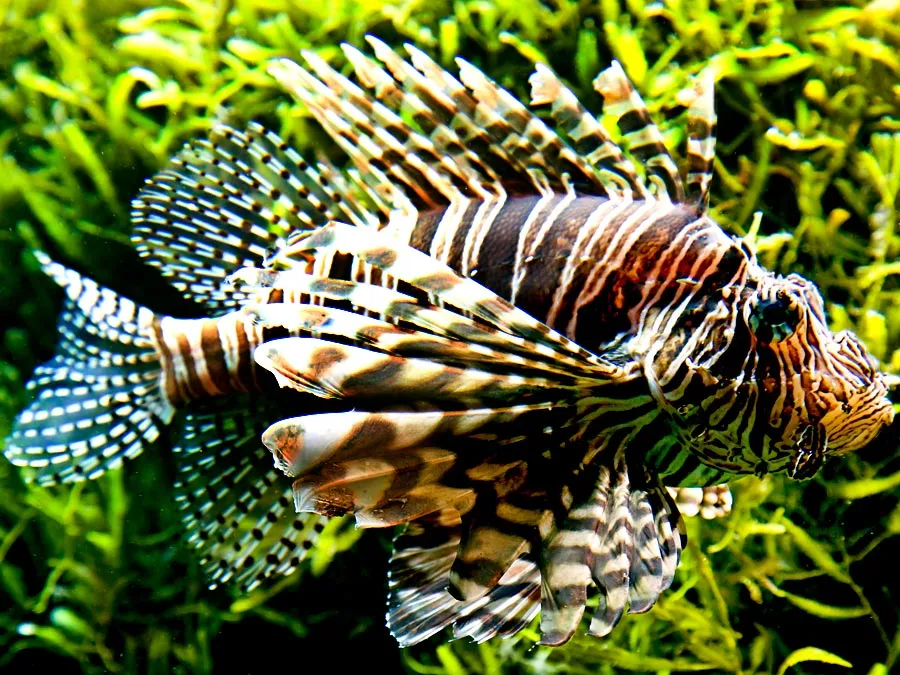Imagine diving into the crystal-clear waters of an ocean, only to come face-to-face with a fish that could sting, bite, or even electrify you! The underwater world is full of beauty, but it’s also home to some seriously dangerous creatures. From venomous spines to bone-crushing jaws, these fish are not to be messed with. Whether you’re a snorkeler, a fisherman, or just curious about the wild side of marine life, this article will take you on a thrilling journey through the top 10 most dangerous fish in the world. Stick around to discover which fish you should steer clear of and why they’re so feared!
Ready to dive in? Let’s explore these aquatic terrors and learn how to stay safe while enjoying the wonders of the sea.
Why Some Fish Are So Dangerous
Fish aren’t just pretty swimmers; some have evolved deadly defenses to survive. Whether it’s venom, powerful bites, or electric shocks, these creatures can pose serious risks to humans. Knowing about them not only keeps you safe but also deepens your respect for the wild ocean. Let’s meet the top 10 most dangerous fish that rule the waters!
1. Stonefish: The Invisible Killer
The stonefish is the ocean’s sneakiest predator. Looking like a rock or coral, it blends perfectly into its surroundings, waiting for prey—or an unlucky foot—to step on it. Found in tropical waters, its venomous spines can cause unbearable pain, paralysis, or even death if untreated.
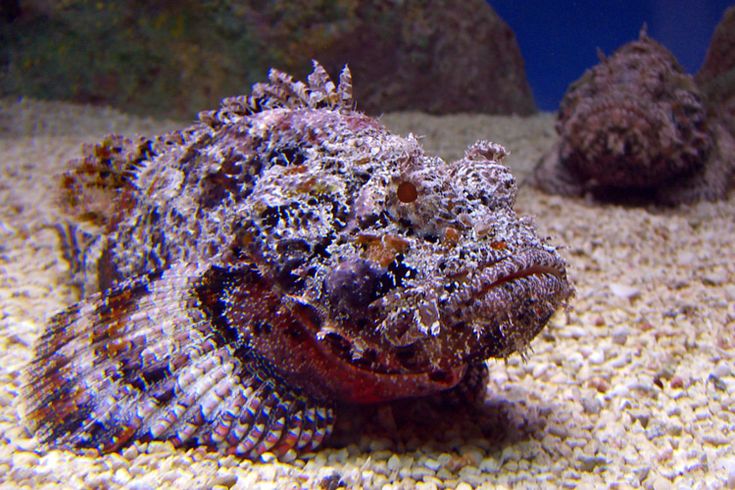
- Why It’s Dangerous: Its venom is so potent it can kill within hours.
- Where to Watch Out: Pacific and Indian Oceans, especially near coral reefs.
- Safety Tip: Wear thick-soled water shoes when wading in shallow tropical waters.
2. Lionfish: Beautiful but Deadly
With its vibrant stripes and flowing fins, the lionfish looks like an underwater masterpiece. But don’t be fooled—its spines deliver a venomous sting that causes intense pain, nausea, and breathing problems. Native to the Indo-Pacific, they’ve invaded places like the Caribbean, wreaking havoc on ecosystems.
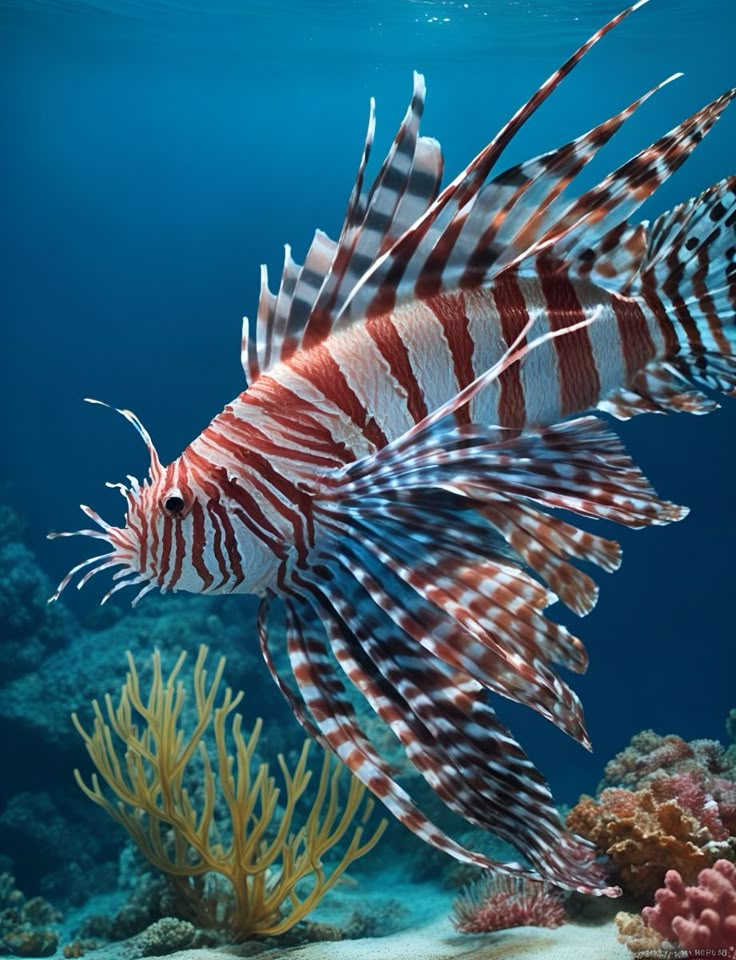
- Why It’s Dangerous: Venomous spines can cause severe allergic reactions.
- Where to Watch Out: Caribbean, Atlantic, and Pacific coral reefs.
- Safety Tip: Avoid touching or cornering lionfish while diving.
3. Great White Shark: The Ocean’s Apex Predator
Okay, technically a fish, the great white shark is a legend of the seas. Its massive jaws and razor-sharp teeth can deliver a bite force of up to 4,000 pounds! While attacks on humans are rare, their power and unpredictability make them one of the most feared marine creatures.
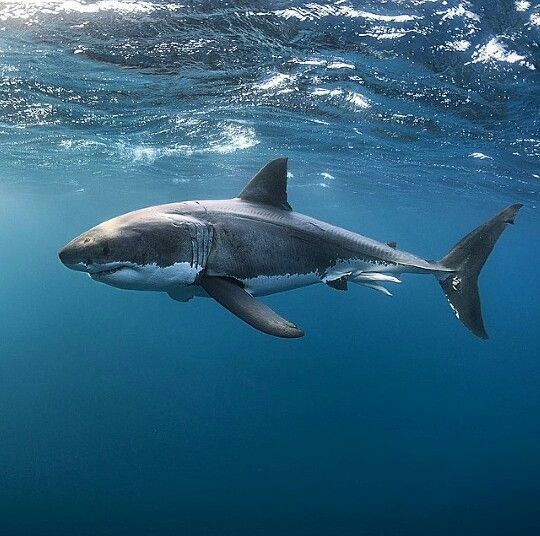
- Why It’s Dangerous: Powerful bites and sheer size (up to 20 feet long).
- Where to Watch Out: Coastal waters worldwide, especially near seal colonies.
- Safety Tip: Avoid swimming in shark-prone areas during dawn or dusk.
4. Box Jellyfish: The Silent Stinger
Though often mistaken for a jellyfish, the box jellyfish is closely related to true fish. Its nearly invisible tentacles carry venom so toxic it can stop a heart in minutes. Found in warm coastal waters, it’s one of the deadliest creatures in the ocean.
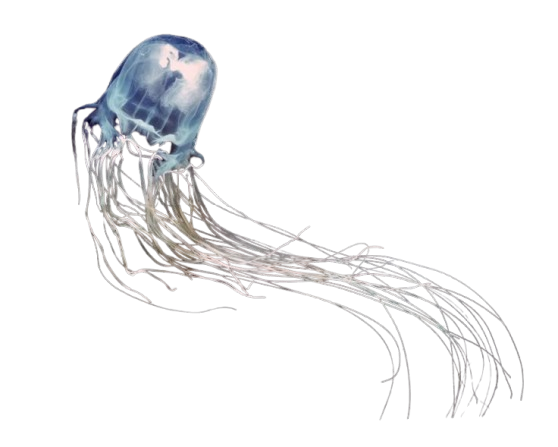
- Why It’s Dangerous: Venom can cause cardiac arrest or severe skin damage.
- Where to Watch Out: Australia, Thailand, and other warm Pacific waters.
- Safety Tip: Wear protective swimwear in jellyfish-prone areas.
5. Piranha: The River’s Razor Teeth
Piranhas have a fierce reputation, thanks to their sharp, triangular teeth and pack-hunting behavior. Found in South American rivers, they can strip flesh from bone in minutes when hunting in groups. While human attacks are rare, their bites are no joke.

- Why It’s Dangerous: Bone-crushing bites and aggressive group attacks.
- Where to Watch Out: Amazon and Orinoco river basins.
- Safety Tip: Avoid splashing in piranha-infested waters, especially if you’re bleeding.
6. Electric Eel: The Shocking Predator
Not a true eel but a knifefish, the electric eel can deliver a shock of up to 600 volts—enough to stun or kill small animals and seriously hurt humans. Found in murky South American rivers, it uses electricity to hunt and defend itself.
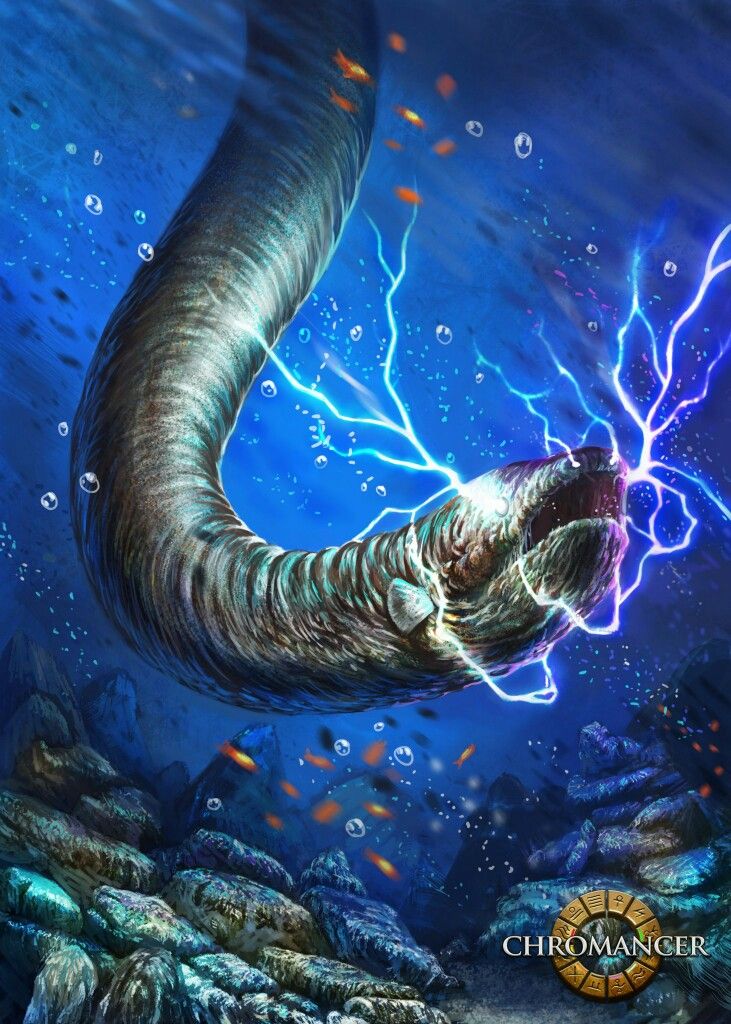
- Why It’s Dangerous: Electric shocks can cause muscle spasms or heart issues.
- Where to Watch Out: Amazon and Orinoco rivers.
- Safety Tip: Stay out of murky waters where electric eels hide.
7. Tigerfish: The Ferocious Freshwater Fiend
Tigerfish are like the piranhas of African rivers, with dagger-like teeth and a fierce attitude. The Goliath tigerfish, in particular, can grow up to 5 feet long and is known for attacking anything that moves, including humans.
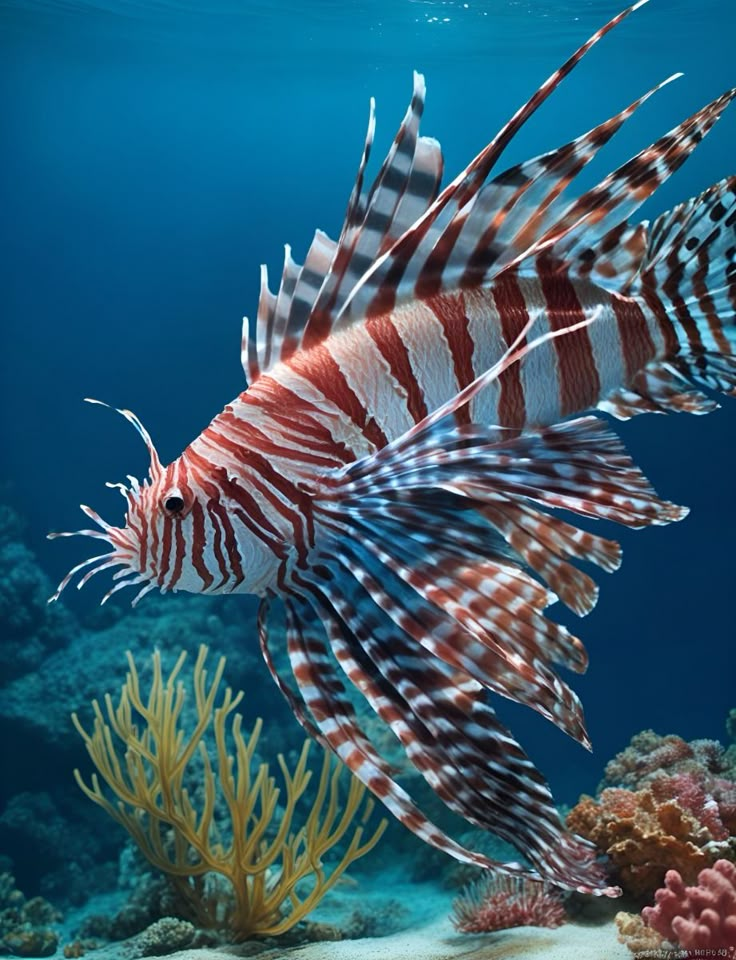
- Why It’s Dangerous: Sharp teeth and aggressive hunting behavior.
- Where to Watch Out: Congo River and other African freshwater systems.
- Safety Tip: Avoid swimming in tigerfish-heavy waters, especially during feeding times.
8. Pufferfish: Cute but Lethal
Pufferfish may look adorable when puffed up, but they’re one of the most poisonous fish in the world. Their organs contain tetrodotoxin, a poison far deadlier than cyanide. Eating improperly prepared pufferfish (like fugu in Japan) can be fatal.

- Why It’s Dangerous: Toxin can cause paralysis and death.
- Where to Watch Out: Tropical waters, especially in Asia.
- Safety Tip: Never eat pufferfish unless prepared by a certified chef.
9. Barracuda: The Speedy Slasher
With their sleek bodies and razor-sharp teeth, barracudas are built for speed and attack. They can swim up to 35 mph and have been known to bite humans, mistaking shiny objects for prey. Their unpredictable nature makes them a threat.
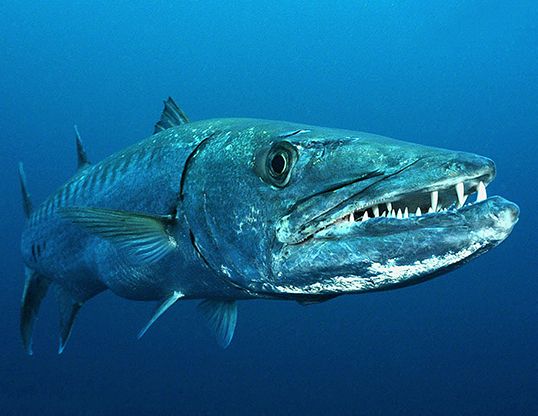
- Why It’s Dangerous: Fast, powerful bites that can cause deep wounds.
- Where to Watch Out: Tropical and subtropical oceans, especially near reefs.
- Safety Tip: Avoid wearing shiny jewelry while swimming in barracuda territory.
10. Candiru: The Tiny Terror
The candiru, a small parasitic fish from the Amazon, is every swimmer’s nightmare. It’s infamous for allegedly swimming into human orifices and lodging there with its spines. While rare, its ability to cause pain and infection is terrifying.
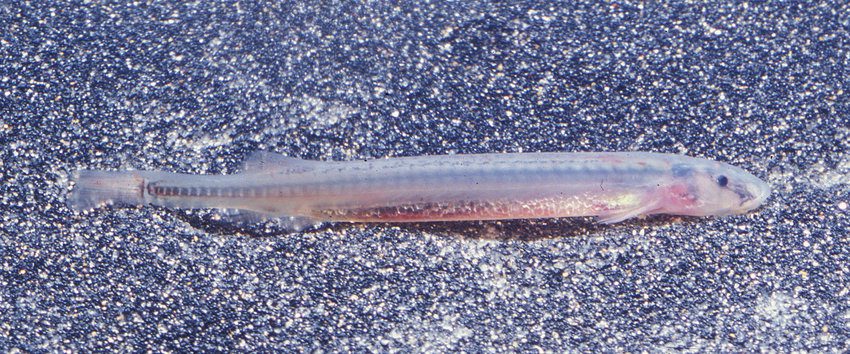
- Why It’s Dangerous: Can lodge in the body, causing severe pain and infection.
- Where to Watch Out: Amazon River and its tributaries.
- Safety Tip: Wear protective clothing when swimming in the Amazon.
How to Stay Safe Around Dangerous Fish
Encounters with these fish are rare, but preparation is key:
- Research Your Destination: Know which dangerous fish live in the waters you’re exploring.
- Wear Protective Gear: Use water shoes, gloves, or suits in risky areas.
- Avoid Provoking: Don’t touch, chase, or corner marine life.
- Seek Immediate Help: If stung or bitten, get medical attention fast.
Why Respecting Wildlife Matters
These dangerous fish aren’t out to get you—they’re just surviving in their world. By learning about them, we can coexist safely and protect their habitats. The ocean and rivers are their homes, and we’re just visitors. Let’s keep exploring, but with caution and respect!
Got a favorite dangerous fish or a wild underwater story? Share it in the comments below, and don’t forget to check out our other wildlife articles for more thrilling adventures!
